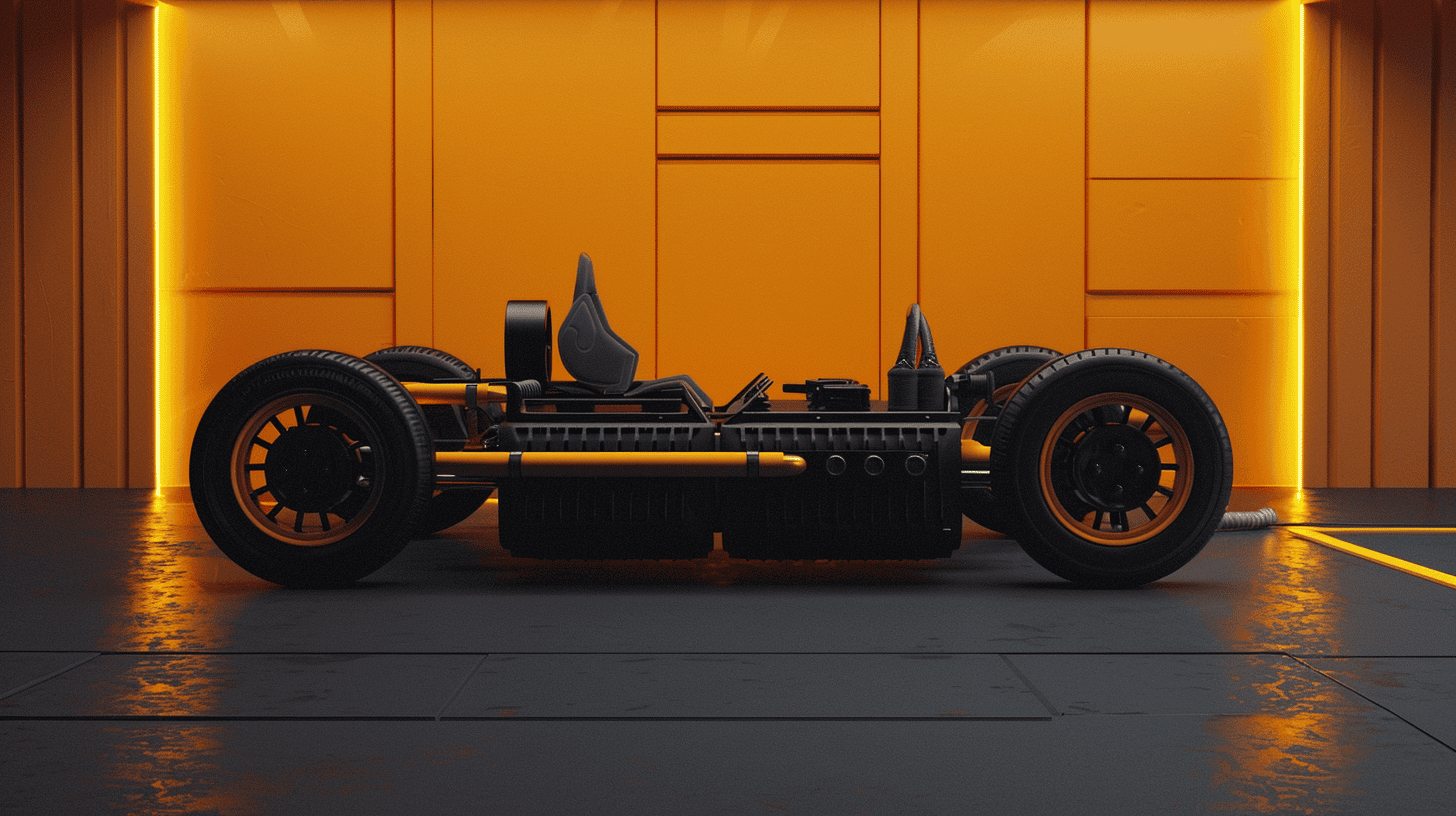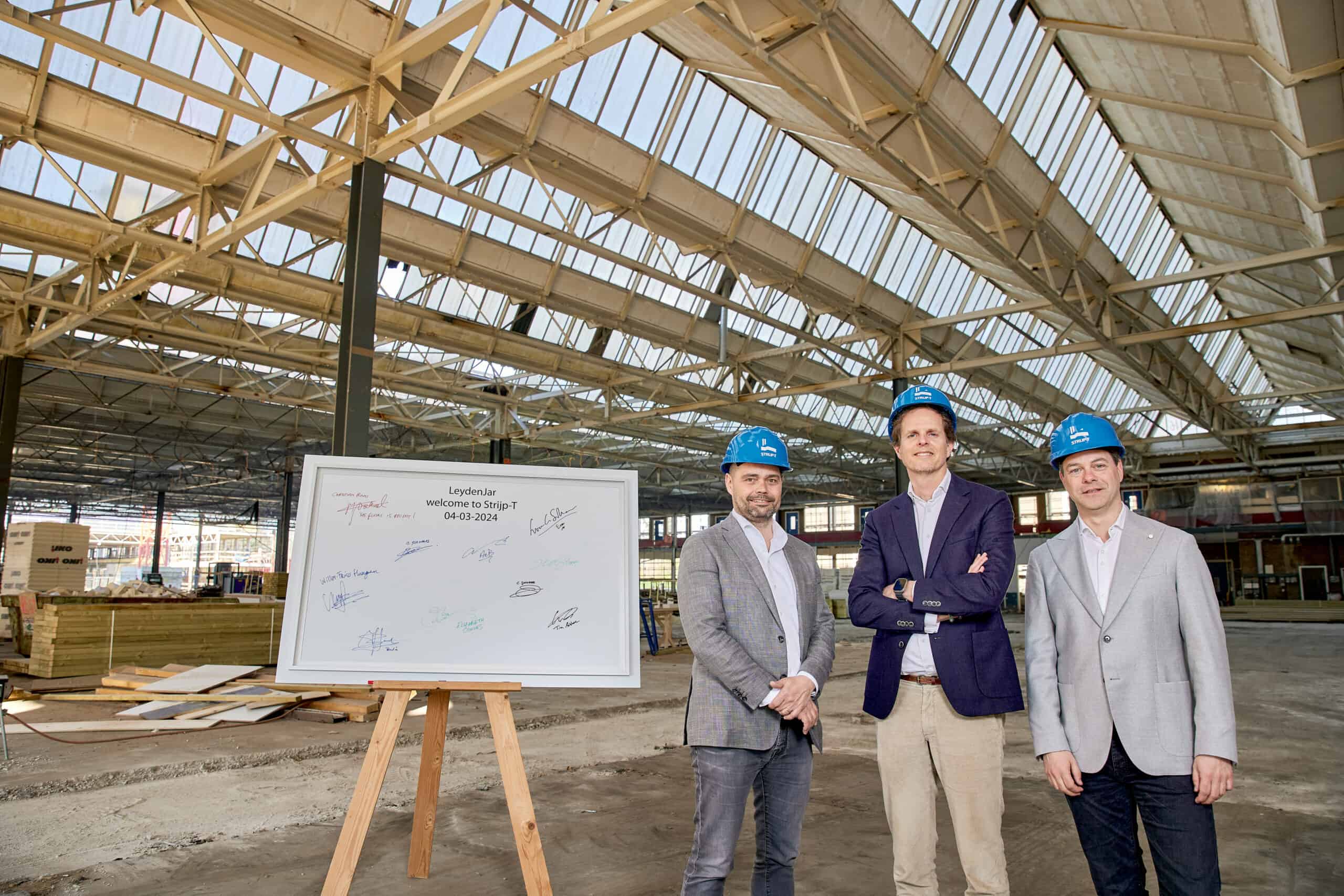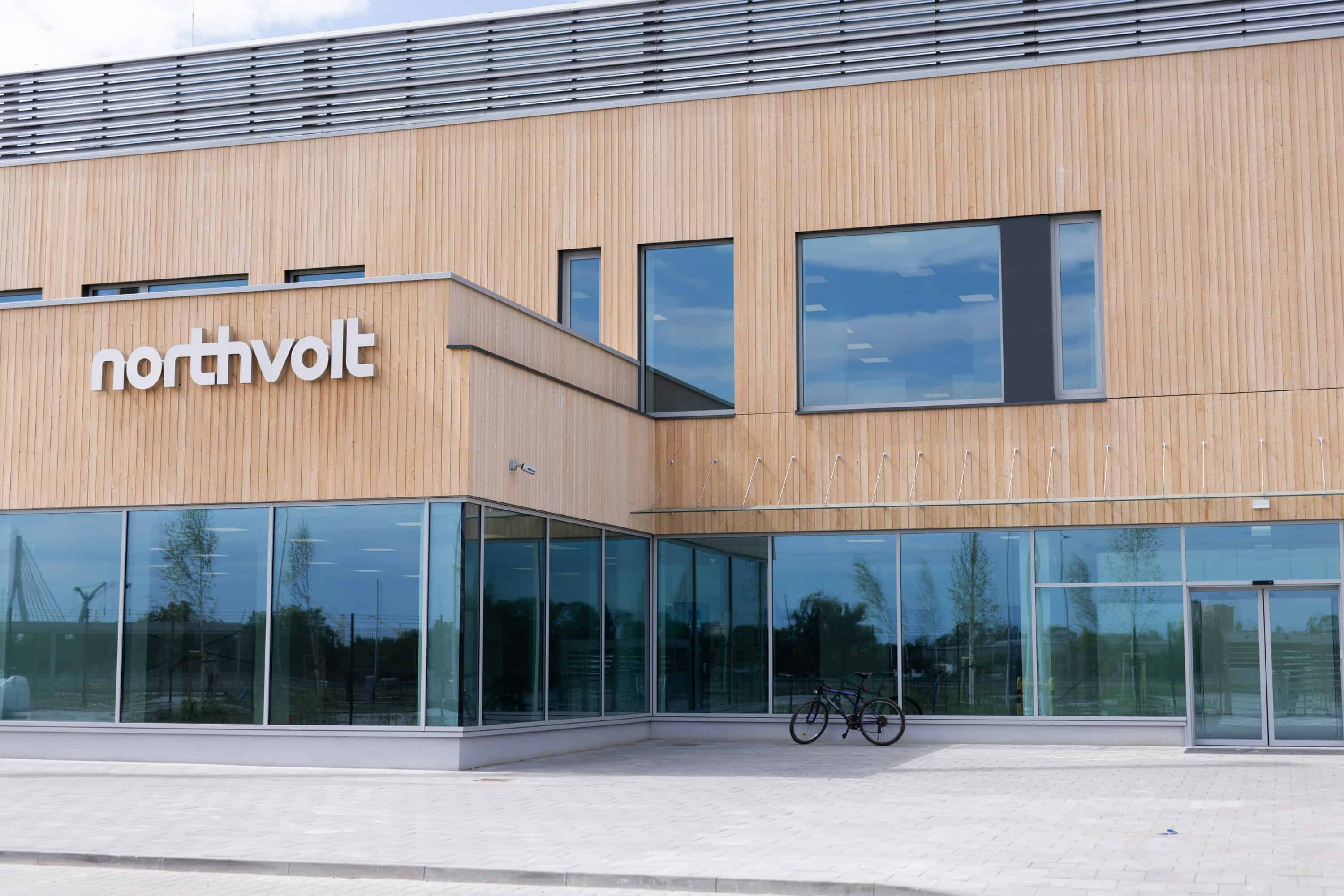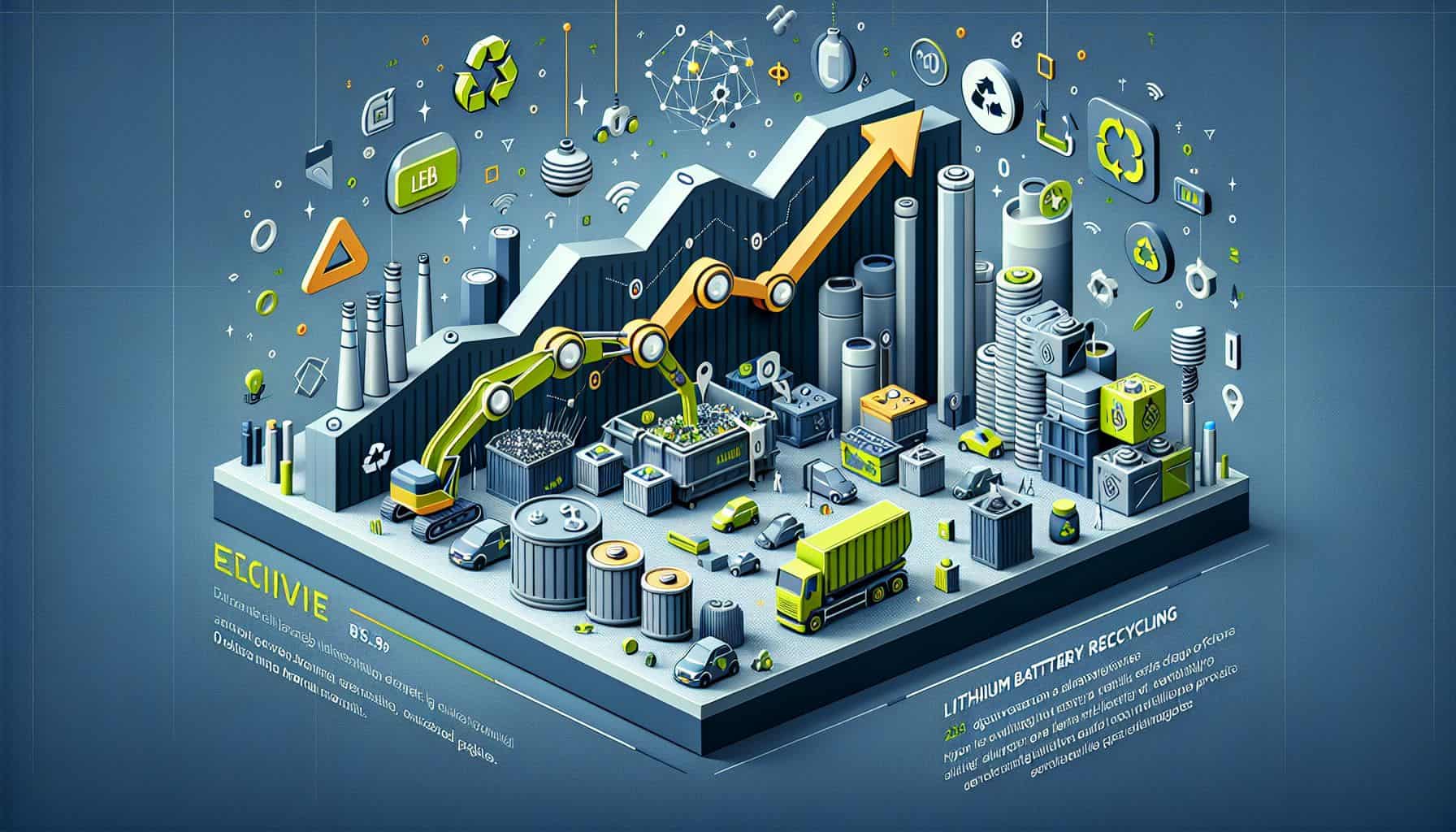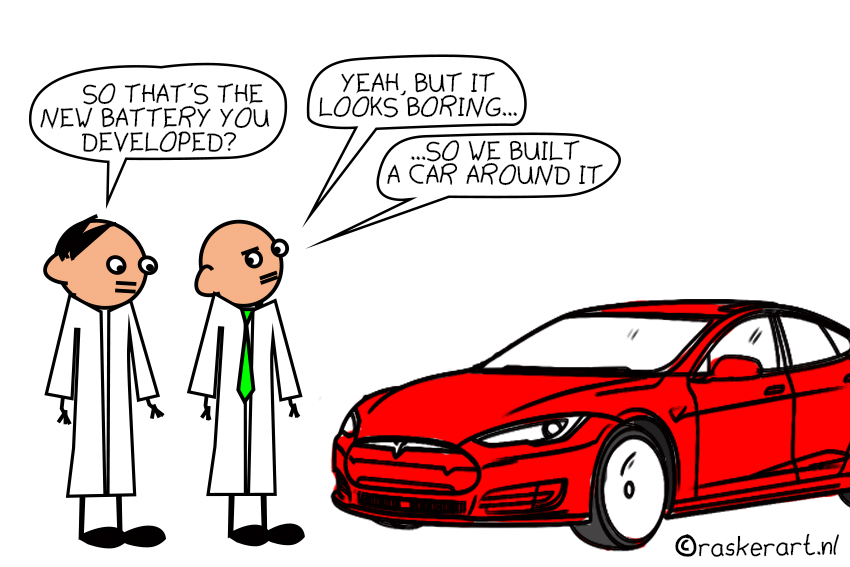
The Dutch LeydenJar company has found a way to increase the current battery capacity by as much as 70 %. How did the company manage to do this? And where is battery technology headed? Innovation Origins takes a closer look at last week’s news about the anodes from LeydenJar.
LeydenJar, a spin-off from the Netherlands Organization for Applied Scientific Research (TNO), does not actually make complete lithium batteries. instead, they produce anodes for them. These are the negative poles where the electric current enters the battery. Traditionally, such anodes are made from carbon. “Usually this is graphite, which you are familiar with from your pencil. It has a honeycomb structure where lithium ions are stored,” says Erik Kelder, a battery researcher at the Delft University of Technology (TU Delft, the Netherlands).
Kelder explains the workings of the battery: “Whenever a battery is in use, those ions flow through an electrolyte (a conductive gel-like liquid with a high concentration of salt) towards the cathode, the positive pole. In order to separate the poles, a certain type of paper is in the liquid. This paper allows the ions to pass through, but not the electrodes. When you charge a battery, the ions move in the other direction.”
Limit to carbon’s storage capacity
But there is a limit to carbon’s capacity for storing lithium ions: “By modifying the honeycomb structure, we are able to store slightly more ions in the carbon. Nevertheless, this remains limited. It varies a bit from one type to another, but generally speaking, you are talking about a capacity of 372 milliamp Hours per gram that you can load into carbon. It will never be much more than that. That’s why we are seeking other materials or completely new systems,” Kelder adds.
LeydenJar has now discovered this kind of new material. The company is replacing carbon with silicon that is capable of storing much more lithium, thereby increasing the energy density of the battery. But unlike carbon, silicon expands when it stores lithium ions. This causes it to break apart. LeydenJar also found a solution to fix this.
“We grow plasma in a vacuum chamber, an ionized gas that activates the electrodes, a layer of silicon on copper. The great thing about this layer is that it grows in a kind of sponge structure, so there is space between the columns where the lithium ions can be stored,” LeydenJar’s CEO Christian Rood explains.
Another 10% on top of that 70%?
That yields 70 % more capacity, about 1350 Watt-hours per liter. By way of comparison: an iPhone 11 Pro Max has a capacity of approximately 625 Watt-hours per liter at a cellular level, according to Rood. “So what we are doing is twice that.”
Yet the energy density of the battery not only depends on the anode as the cathode also has a role to play. “If you take a good look at those 1350 Watt-hours per liter, we weren’t using the best cathode material on the market. Over the next quarter, we expect to be able to make a battery in our lab that would add another 10% to that increased capacity.”
Further advance the anode
Rood: “But there is still a lot to be gained from the electrolyte fluid as well. This fluid serves as a kind of taxi for ions, we just have to make sure there are fewer taxis crashing along the way as well as cut down on congestion. At the moment, we are carrying out research with Dutch and German parties with the aim of making the electrolyte fluid more efficient,” Rood continues. Next year, LeydenJar will already be doing the first safety trials with anode materials on a commercial scale. “Within two years we want to be in car batteries, and in consumer electronics before then.”
In addition to the enhanced capacity, silicon anodes have another advantage: they emit approximately 62% less CO2 during production.
Rood: “Graphite is something that you need to get out of the ground, we use monosilane gas for that. This raw material has a much lower CO2 footprint. Our production is also cleaner. When using carbon anodes, the copper foil has to be wound in power-hungry furnaces and then rolled to the required thickness. This is not the case with our method.”
Alternatives
At TU Delft they are looking into alternatives to lithium batteries, but this is a time-consuming process, according to Kelder. “John Goodenough, Stanley Whittingham and Akira Yoshino, who received the Nobel Prize for the development of lithium-ion batteries in 2019, have been working on this since the 1980s. We’re three decades down the line and you can now see that this system has finally been fully accepted. So, I think that the introduction of a new battery model will take another 10 to 20 years. The work on lithium-ion batteries, like LeydenJar’s, is bound to keep on going.”
And what about the solid-state battery that the Dutch government recently invested in? “That’s a new battery for the man on the street, but it basically works on the same principle. The only difference is that you replace the conductive liquid with a solid substance. We know how conductive those organic liquids and salts are. That’s already been researched a lot. What we are not so knowledgeable about is the conductivity of ceramic or glass membranes – which are supposed to replace the liquid solution. They are also very expensive to produce. Therefore, the key is to improve the conductivity and bring down that manufacturing price. One advantage is that this solid substance can be made thinner and is thus effectively lighter than the liquid. What’s more, it’s non-flammable.”
Other batteries for specific purposes
In Kelder’s view, this is particularly important in the transport sector. “With a lighter battery, an electric car can go further and transportation becomes safer. You don’t want your car to catch fire after a collision. People used to ask: ‘When will there ultimately be a good battery? But they overlooked the fact that you need other types of batteries for specific purposes. Nowadays, there’s a lot more awareness about that.”
When space and weight become less critical, you could consider energy storage in water, Kelder suggests. “The system used by the company Aquabattery works with salts where you can store energy and extract it by means of osmosis. Not much energy is lost and in theory, you can keep on repeating this cycle endlessly. It would be a lot cleaner and safer for storage in residential areas, for one thing.”




